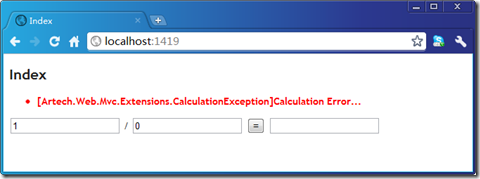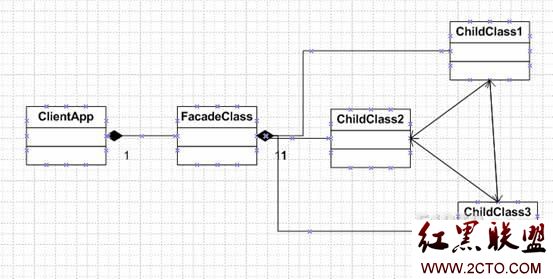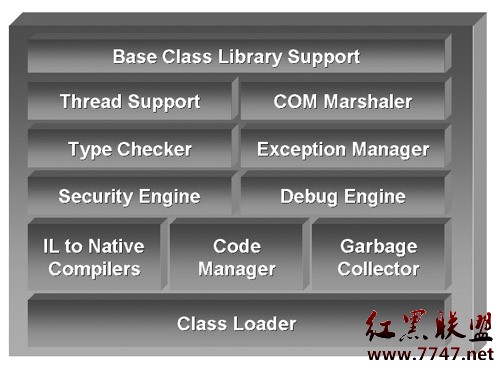当前位置:编程学习 > asp >>
答案:switch Statement<br>
Enables the execution of one or more statements when a specified expression's value matches a label.<br>
<br>
switch (expression) {<br>
case label :<br>
statementlist<br>
case label :<br>
statementlist<br>
...<br>
default :<br>
statementlist<br>
} <br>
<br>
Arguments<br>
expression<br>
<br>
The expression to be evaluated.<br>
<br>
label<br>
<br>
An identifier to be matched against expression. If label === expression, execution starts with the statementlist immediately after the colon, and continues until it encounters either a break statement, which is optional, or the end of the switch statement.<br>
<br>
statementlist<br>
<br>
One or more statements to be executed.<br>
<br>
Remarks<br>
Use the default clause to provide a statement to be executed if none of the label values matches expression. It can appear anywhere within the switch code block. <br>
<br>
Zero or more label blocks may be specified. If no label matches the value of expression, and a default case is not supplied, no statements are executed.<br>
<br>
Execution flows through a switch statement as follows: <br>
<br>
Evaluate expression and look at label in order until a match is found. <br>
If a label value equals expression, execute its accompanying statementlist. <br>
Continue execution until a break statement is encountered, or the switch statement ends. This means that multiple label blocks are executed if a break statement is not used. <br>
If no label equals expression, go to the default case. If there is no default case, go to last step. <br>
Continue execution at the statement following the end of the switch code block. <br>
Example<br>
The following example tests an object for its type. <br>
<br>
function MyObject() {<br>
...}<br>
<br>
switch (object.constructor){<br>
case Date:<br>
...<br>
case Number:<br>
...<br>
case String:<br>
...<br>
case MyObject:<br>
...<br>
default: <br>
...<br>
}<br>
Requirements<br>
Version 3<br>
<br>
with Statement<br>
Establishes the default object for a statement. <br>
<br>
with (object)<br>
statements <br>
<br>
Arguments<br>
object<br>
<br>
The new default object.<br>
<br>
statements<br>
<br>
One or more statements for which object is the default object.<br>
<br>
Remarks<br>
The with statement is commonly used to shorten the amount of code that you have to write in certain situations. In the example that follows, notice the repeated use of Math. <br>
<br>
x = Math.cos(3 * Math.PI) + Math.sin(Math.LN10) <br>
y = Math.tan(14 * Math.E)<br>
When you use the with statement, your code becomes shorter and easier to read: <br>
<br>
with (Math){<br>
x = cos(3 * PI) + sin (LN10) <br>
y = tan(14 * E)<br>
}<br>
Requirements<br>
Version 1
上一个:在javascript 里面有没有检查日期格式的函数?
下一个:asp的cookie本身不设置的话默认的是application的path=/,所以不设关系不大,expires要设。给你netscape...
- 更多asp疑问解答:
- asp正则过滤重复字符串的代码
- 用asp过滤全部html但保留br类似的符号
- 会asp,但感觉asp要过点,想学php。但我一般做的都是小公司的站,用access数
- PHP的空间可以用ASP的源代码吗?
- 以前做asp程序,现在应该怎样发展?是学.net还是php
- 以前做asp程序,现在应该怎样发展?是学.net还是php
- 想做一个市级的人才网acess,sql数据库,语言asp,jsp,php分别用哪种好
- jsp,asp,php 区别
- 我想找一个有比较多漏洞的网站的源码,比如可以asp,php注入等都可以。供学习研究用。请提供下载地址。。
- 现在候找人做个网站,用ASP,还是PHP语言去做好
- asp,php ,jsp,.net 对于做网站前台的重要吗?
- asp和php的区别是什么?
- 我是新手SEO菜鸟 请问wp dw php asp cms myspl dede 这些软件应该如何区分呀?
- 网页制作相关的三种语言:ASP JSP PHP那个好点,简单点?
- 网页制作相关的三种语言:ASP JSP PHP那个好点,简单点?





